MSPO 2019: Anti-Aircraft Robot and Polish PGMs
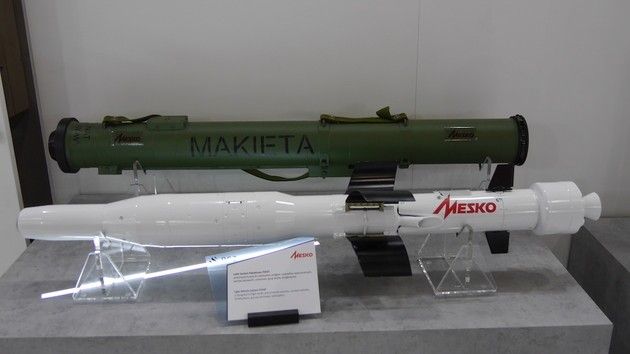
CRW Telesystem-Mesko Sp. z o.o is not limiting itself to smart solutions known from the Grom and Piorun projects. The company also has created some new proposals, and it also can showcase the achievements and successes associated with the recent R&D effort. CRW Telesystem-Mesko has used the MSPO event in Kielce as an opportunity to demonstrate the innovative products that it is currently developing. During MSPO CRW, along with the Industrial Research Institute for Automation and Measurements, has premiered the PERKUN robot equipped with anti-aircraft missiles for instance.
PERKUN Autonomous Combat Defence System developed jointly by CRW Telesystem-Mesko and ŁUKASIEWICZ Network - Industrial Research Institute for Automation and Measurements is a fusion of the IBIS® robotic platform and GROM/PIORUN anti aircraft missiles. The robot carries two launchers.
It is very agile and mobile and can be deployed in rough terrain and in areas where human presence may be troublesome or dangerous. The robot uses its own target detection system (thermal imaging and daytime sight) and it can use the IFF system as well. Targets can be indicated by an external C2 system, radar, IR-warning receiver, or they can be detected by the robot’s optoelectronic sensor.
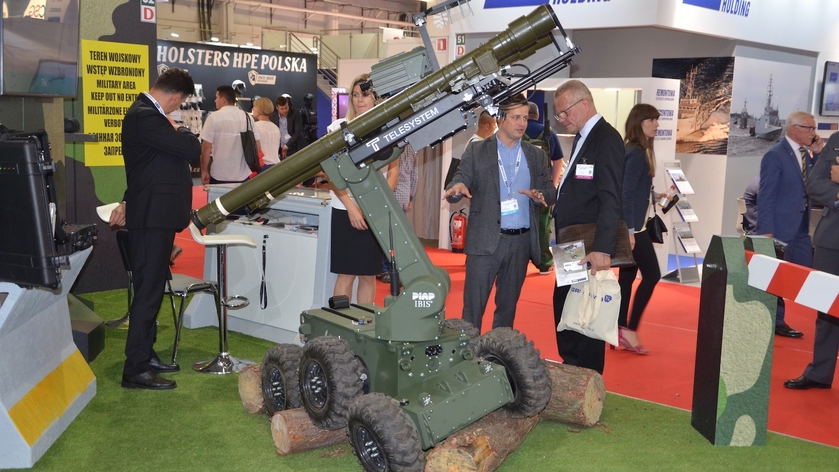
Telesystem also develops seekers, optoelectronics or ground laser target designators, within the scope of projects related to PGMs.
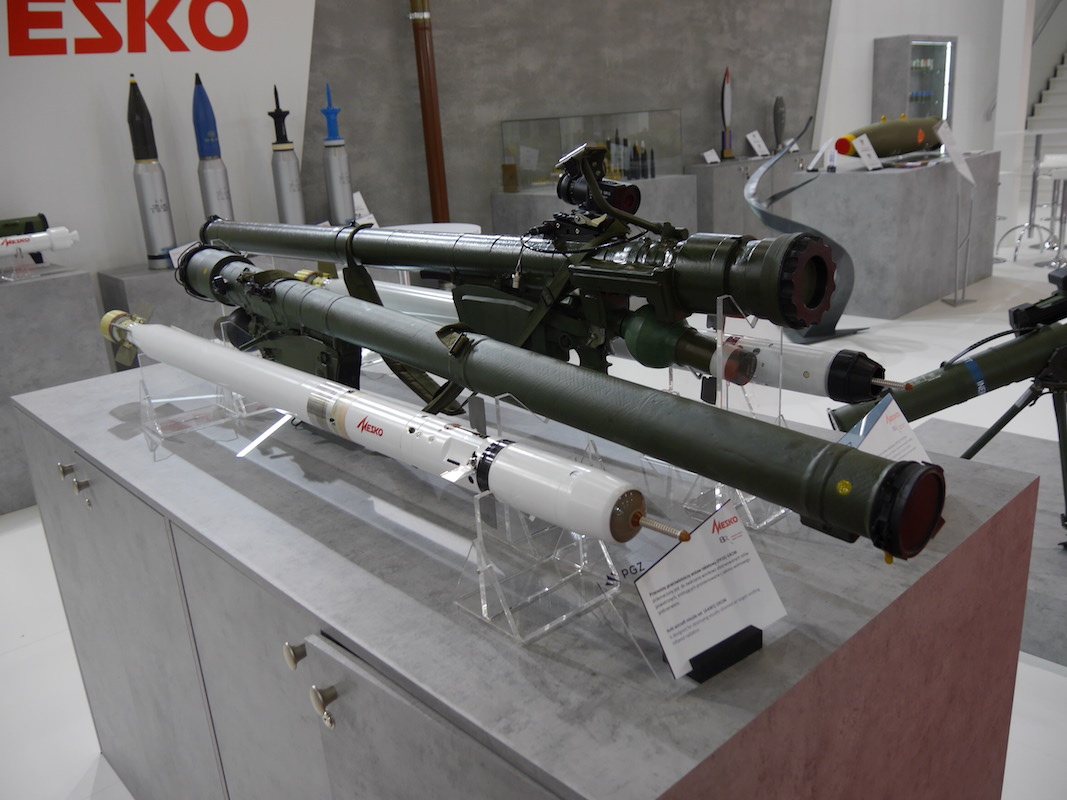
LPC-1 Polish laser target designator technology demonstrator is another product developed by CRW Telesystem-Mesko. It was created in 2013. Then it was used to create a fully functional and universal device. LPC-1 is capable of transmitting and receiving data to/from the command suite. It may also be controlled remotely or define the target coordinates. The latter feature makes it possible to use LPC-1 to designate targets for conventional artillery assets. Work is going on now, on a new generation rangefinder/designator that would be smaller, lighter and offer greater usability.
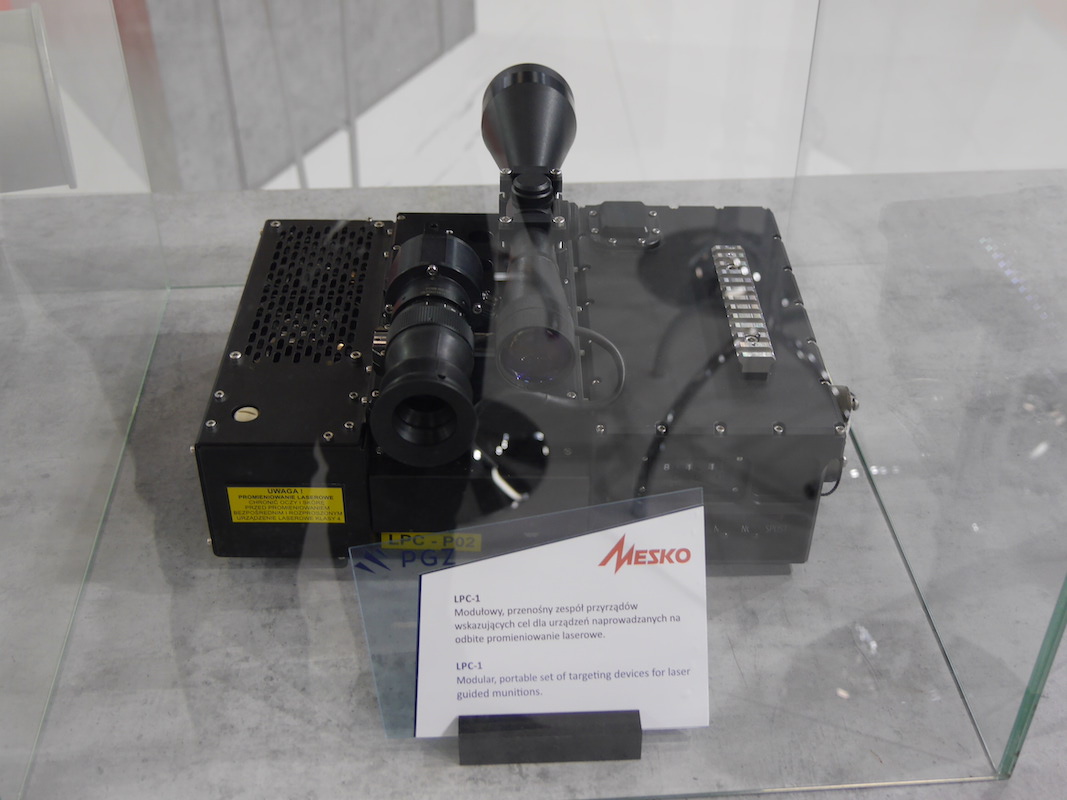
The new system would come in a portable form weighing less than 5 kilograms. Another version would also be developed to be integrated on other optoelectronic or targeting systems. These solutions make use of a semi-conductor diode laser operated with a 1064 nm wavelength and 25 Hz repetition frequency. Programmable impulse sequence remains STANAG 3733 compliant and the laser allows the user to designate targets at distances of up to 5000 meters. Meanwhile, the rangefinder would use beam with wavelength of 1064 nm, and it would allow the user to measure distance to points placed 200 meters to 20 kilometers away. 10x magnification scope will be used for observation purposes.
Further advancements are also being made in the field of the aforesaid precision guided artillery rounds. APR155 rounds are successfully passing the field tests, with domestically developed autopilot and electronics. So far, the round were test fired at a distance of up to 16 kilometers. However, it is planned that maximum range of 20 km is going to be reached soon. Progress has also been made in case of the APR 120 round.
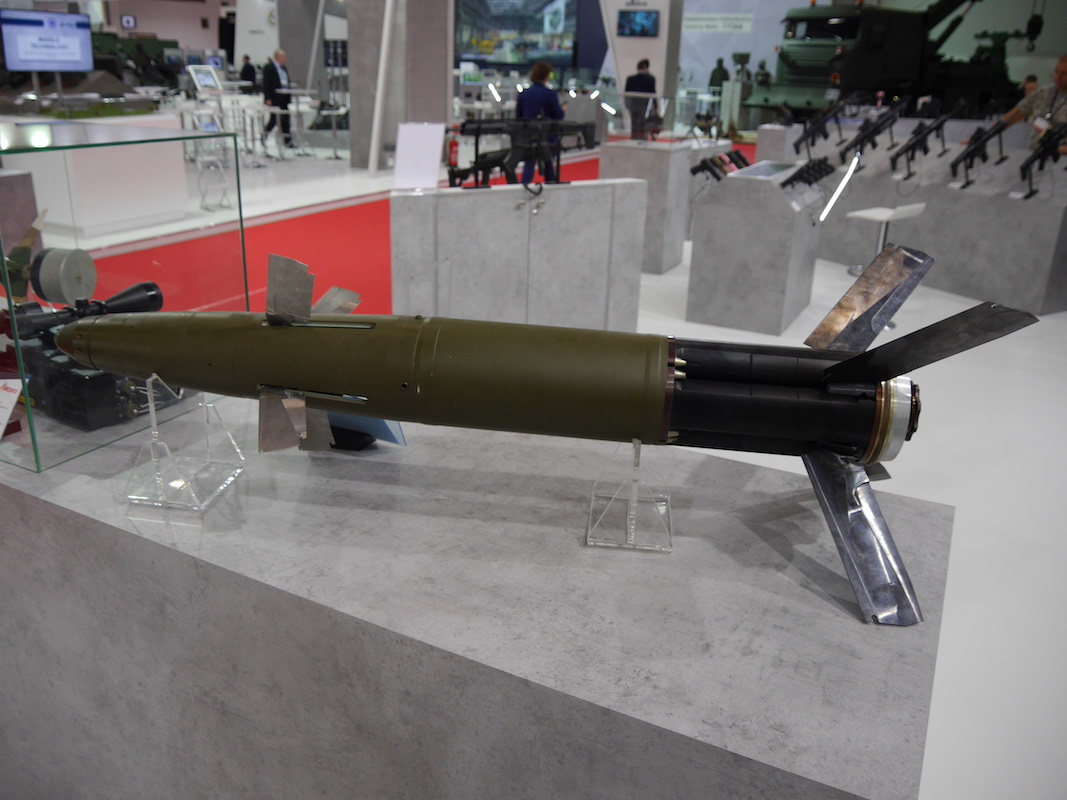
The programme in question and past research allowed CRW Telesystem Mesko to develop detection modules guiding the rounds towards a laser-designated targets. Silicon quadrant detectors working in near-IR are also being manufactured.
Meanwhile, Pirat ATGM programme sees CRW-Telesystem-Mesko being responsible for the gyro-stabilized laser guidance seeker and the optoelectronics. Pirat is showcased with a launcher mock-up at MSPO 2019. Recent tests of the Pirat missile have shown that is is very accurate and precise. It may also engage the targets in ‘top-attack’ mode.
WIDEO: Defence24 Days 2025: Premier Defence & Security Conference in CEE